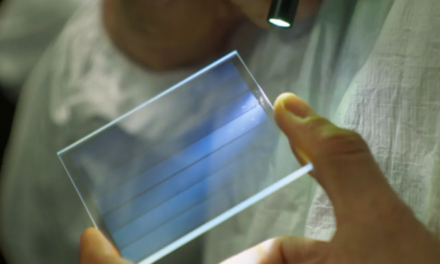Discover how the position, color, and intensity of light can transform the emotional meaning of a 3D scene.
When we talk about a 3D scene, we often think of models, textures, or animation. But there’s one element as powerful as it is invisible: light.
In this micro-documentary, we analyze how three types of lighting completely change the tone of a scene. We use the exact same space: a dark hallway with a suspicious puddle and metal walls. The only thing that changes: the lighting.
- Dim blue light:
It conveys uncertainty. It seems like something has just happened, or is about to happen. The atmosphere is one of suspense. As lighting artist Hannah Gozlan explains, the cold, dim lights serve to create an emotional void. In this scene, that soft blue makes us feel that something isn’t quite right.
Link for more information: https://discover.therookies.co/2025/01/25/creating-compelling-storytelling-through-lighting/?utm_source=chatgpt.com
- Ambient white light:
It gives us more clarity. We see details, traces, and we begin to understand what happened. It’s time to discover. White light acts as a witness. It doesn’t manipulate emotions: it simply allows us to see what’s there. According to the KitBash3D team, it’s ideal when what’s important is what you reveal, not how you make people feel.
Link for more information:https://kitbash3d.com/a/blog/5-essential-lighting-tips-to-enhance-your-3d-animations?srsltid=AfmBOoonnP9t1uV9aOgfGEnZTb9uTWdYjmr4lpY9w8AVwYKWJHut02KV&utm_source=chatgpt.com
- Intense orange light:
It represents danger, action. Something has been triggered. The scene reaches its climax. When we use vibrant orange light, the viewer becomes alert. As the analysis in ‘Lighting For Storytelling’ states, warm colors push us emotionally toward danger. Link for more information
In 3D production, lighting doesn’t just illuminate: it speaks. It guides us emotionally. And in this video, we show you how to use it as a powerful narrative tool.
Media
















